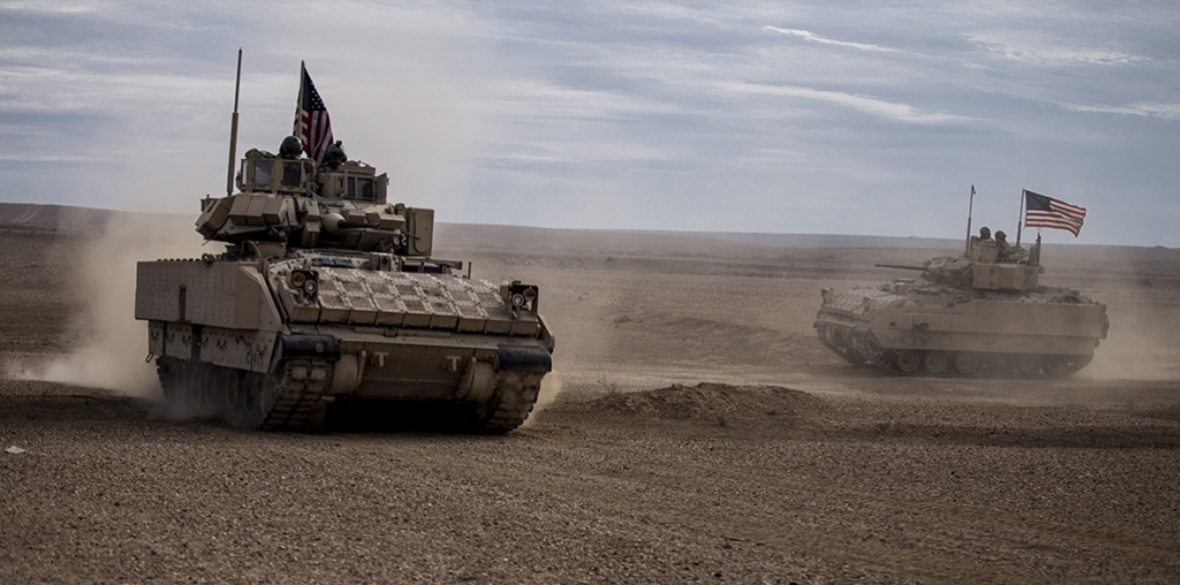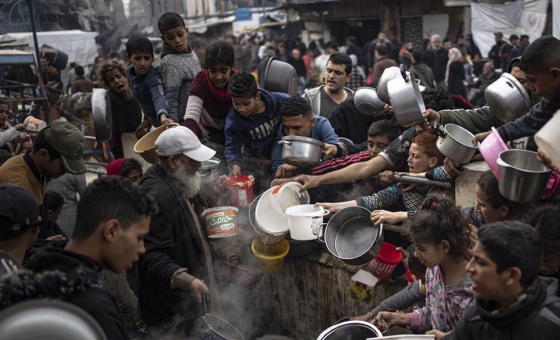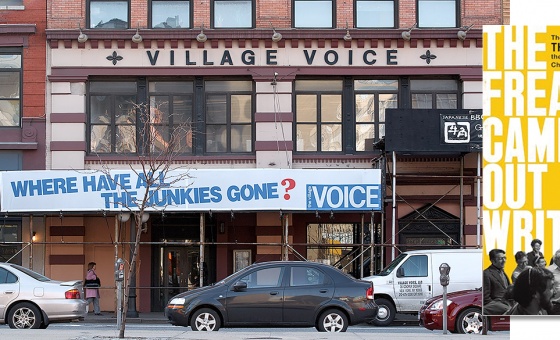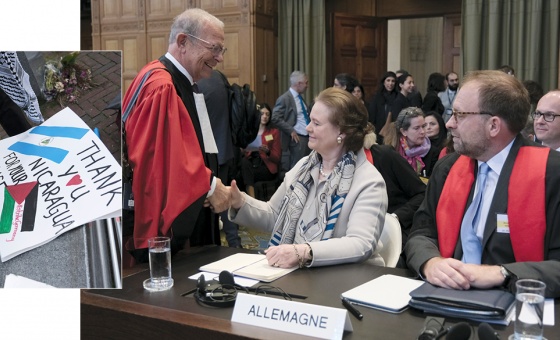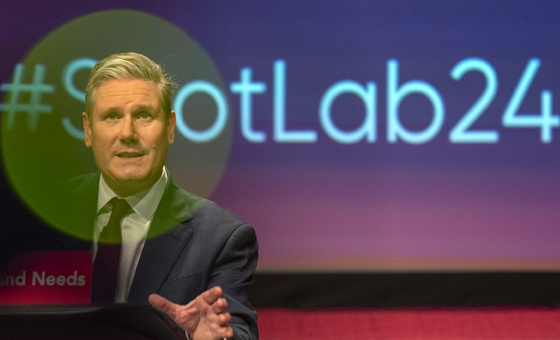This is the last article you can read this month
You can read more article this month
You can read more articles this month
Sorry your limit is up for this month
Reset on:
Please help support the Morning Star by subscribing here
ON DECEMBER 22 2016, the dramatic battle of eastern Aleppo was over. The last armed groups in Syria’s largest city had either given up or accepted to be bussed to the countryside west of the city or to the neighbouring Idlib province.
How should we view these events? My contacts in Syria described it as a significant victory on the road to liberating all of Syria from the terrorist groups backed by the West and the Gulf states.
On the other hand, most Western journalists claimed that the city had fallen. The battle of Aleppo had for months been pictured as an ongoing genocide.
“After five years of bloodshed, the outside world must speak clearly: the biggest terrorist in Syria is Bashar al-Assad,” Swedish daily Aftonbladet reported on September 27. Ten days later, Aftonbladet warned that Syria and Russia were about to “eradicate” Aleppo.
As the collapse of the armed groups approached, words became even harsher. On December 14, US ambassador to the United Nations Samantha Power made a furious attack against Syria, Russia and Iran in the UN security council.
“Is there literally nothing that can shame you? Is there no act of barbarism against civilians, no execution of a child that gets under your skin … Aleppo will join the ranks of those events in world history that define modern evil.”
On the same day, Aftonbladet had a lead article with the headline: “Putin’s massacre on Aleppo’s population.” The article said that those in Syria who demanded “democratic reforms and human rights” had until this moment sought “a refuge in eastern Aleppo.”
“The loss of Aleppo means that the rebels no longer control any part of Syria’s major cities.” Something that had a major impact was the “desperate voices from Aleppo.”
In the middle of December, media all over the world emphasised the same voices testifying about the living hell during the Syrian-Russian offensive.
“This may be my last video. More than 50,000 civilians who rebelled against the dictator al-Assad are threatened with field executions or are dying under bombing,” warned “activist” Lina Shamy.
“I am coming to you as an average person of besieged Aleppo. The government forces are getting closer and the air raids are intensifying. We may not be able to send more messages,” Bilal Abdul Kareem said.
“What is happening here is one of the worst massacres in history,” Abdulkafi Alhamdo said. On Twitter, he wrote: “The last message. Thanks for everything … Farewell.”
Fighting in residential areas almost inevitably leads to many civilian casualties and great destruction. But the image of Aleppo that the mainstream media gave in 2016 was not only distorted, it could, in fact, also be described as a plea for support of the groups in eastern Aleppo that the West had chosen to back.
Let us briefly review the examples mentioned, and start with the “desperate voices.”
Lina Shamy was called an “activist”, but media never told she had previously paid tribute to Zahran Alloush. Until his death in 2015, he led the Saudi-backed extremist group Jaish al-Islam in eastern Ghouta, Damascus. Alloush became notorious advocating ethnic cleansing of Shi’ite Muslims and Alawites.
Bilal Abdul Kareem was not an “average person” in Aleppo. He was a New York journalist who converted to Islam, underwent religious studies, and had worked for CNN and a Saudi channel.
In eastern Aleppo in 2016, he ran a social media channel called On the Ground News. In OGN, armed groups conveyed their messages about the need to continue the “revolution” and to refuse the designation of the al-Qaida group Jabhat al-Nusra as a terrorist organisation.
On bilalabdulkareem.com in November 2015, Bilal Abdul Kareem said that a success for Jabhat al-Nusra was a success for all rebel groups. He expressed his support for Ahrar al-Sham, a group that, according to Amnesty, was guilty of massacres, torture and rape.
Abdulkafi Alhamdo’s farewell was exaggerated. He fled to Idlib and spread the message that he would rather die than live under Assad’s rule again. Bilal Abdul Kareem also went to Idlib, while Lina Shamy settled in Turkey.
Then we have the issue of eastern Aleppo as a refuge for opposition fighting for democracy. This idea is not only contradicted by voices from Syria, but by everyone with the slightest knowledge of the armed uprising.
At a US Department of Defence press conference on April 20 2016, Colonel Steve Warren, a spokesman for the International Coalition against Isis, participated over the phone from Baghdad.
After expressing concern about the Syrian-Russian offensive, he stated the following: “… it’s primarily al-Nusra who holds Aleppo, and of course, al-Nusra is not part of the cessation of hostilities.”
Is it possible for an area, largely controlled by an organisation labelled by the UN as terrorists in the same category as Isis, to be a refuge for an opposition fighting for democracy?
Finally we turn to Samantha Power’s accusations. While Syria and Russia were bombing an area controlled by a designated terrorist group, the US was bombing another area controlled by another terrorist group.
How could Power claim that the air strikes against al-Qaida in Aleppo were “modern evil,” while the US air strikes against Isis in the Iraqi city of Mosul were part of the legitimate war on terrorism?
The media coverage of Aleppo and Mosul, respectively, was one of the starting points when Irish journalist Patrick Cockburn asked the question “Who supplies the news?” in the London Review of Books of February 2 2017.
Cockburn noted that during the bombing of eastern Aleppo, it appeared as if the TV channels and many newspapers did not care whether the reports published were true or false.
What mattered was to come up with news that described the most shocking cruelty — committed by the Syrian-Russian side.
An example of this was when a rebel leader claimed that 20 women had committed suicide in order not to be raped by Syrian soldiers.
Without any evidence that the incident had taken place, it was published as a news item by the New York Times and other media outlets.
“All wars always produce phony atrocity stories — along with real atrocities. But in the Syrian case fabricated news and one-sided reporting have taken over the news agenda to a degree probably not seen since the first world war,” wrote Cockburn, continuing: “The ease with which propaganda can now be disseminated is frequently attributed to modern information technology … But this is to let mainstream media off the hook: it’s hardly surprising that in a civil war each side will use whatever means are available to publicise and exaggerate the crimes of the other, while denying or concealing similar actions by their own forces.
“The real reason that reporting of the Syrian conflict has been so inadequate is that Western news organisations have almost entirely outsourced their coverage to the rebel side.”
After the end of 2013, the number of Western journalists that visited “rebel areas” decreased dramatically. This was not mainly because of Syrian army attacks, but rather because the people in control were too dangerous for Westerners.
The solution was to let local groups and news organisations in the territories controlled by insurgents supply the news.
Who were these local sources? Cockburn’s conclusion: “In areas controlled by people so dangerous no foreign journalist dare set foot among them, it has never been plausible that unaffiliated local citizens would be allowed to report freely.
“In east Aleppo any reporting had to be done under licence from one of the Salafi-jihadi groups which dominated the armed opposition and controlled the area _ including Jabhat al-Nusra, formerly known as the Syrian branch of al-Qaida.”
The result was, among other things, that photos from inside Aleppo always showed civilians, but hardly ever any of the thousands of extremist fighters.
Cockburn stated that the warnings that we were facing one of the worst massacres since World War II were great exaggerations.
In addition to giving an incorrect picture of Aleppo, the exaggerations acted as a diversion from the bigger tragedy in Mosul.
This article is based on part of Patrik Paulov’s new book, Syria’s Silenced Voices (2021).

